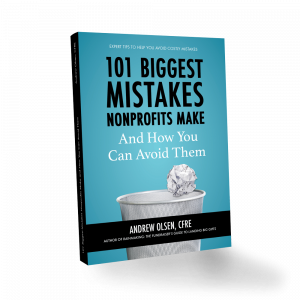
Have you ever been in a conversation with a nonprofit executive and heard something like this?
“We’re considering two candidates right now. One has all of the qualifications we’re looking for. She’d be a great addition to our team, and we’re excited she’s interested in us. But the other is so much cheaper — I think we can get him for $20,000 less. He’s not ideal, but we can save money. We’re going to make him an offer.”
Our sector has an addiction to anything that is free, discounted, or cheap. Sometimes free, cheap, and discounted are valuable. But when it comes to hiring and finding the right talent, there’s so much risk in hiring to minimize cost instead of maximize talent.
The old adage you get what you pay for is still true today — and it is painfully accurate when it comes to staffing.
I’m not suggesting you should always look to pay a premium for every staff position you hire. BUT . . . in critical roles like major gifts, prospect research, and program management, you shouldn’t be as focused on saving money on your hire as you are on getting the candidate who can be most effective and successful for your organization.
When you recruit to meet an expense goal, it’s likely that the person you hire will never live up to your list of wants and wishes. You’ll be unhappy. Your board might be unhappy. And your new employee will be unhappy because she’ll feel the tension of not living up to some unrealistic expectations you have—while at the same time feeling like those expectations may be well beyond what is realistic for the compensation she’s receiving. This will lead to quick turnover in your organization, and you’ll ultimately end up paying significantly more in additional recruitment, training, and lost opportunity.
This is Mistake #10 from my newest book, the Amazon #1 Best Seller, 101 Biggest Mistakes Nonprofits Make And How You Can Avoid Them.